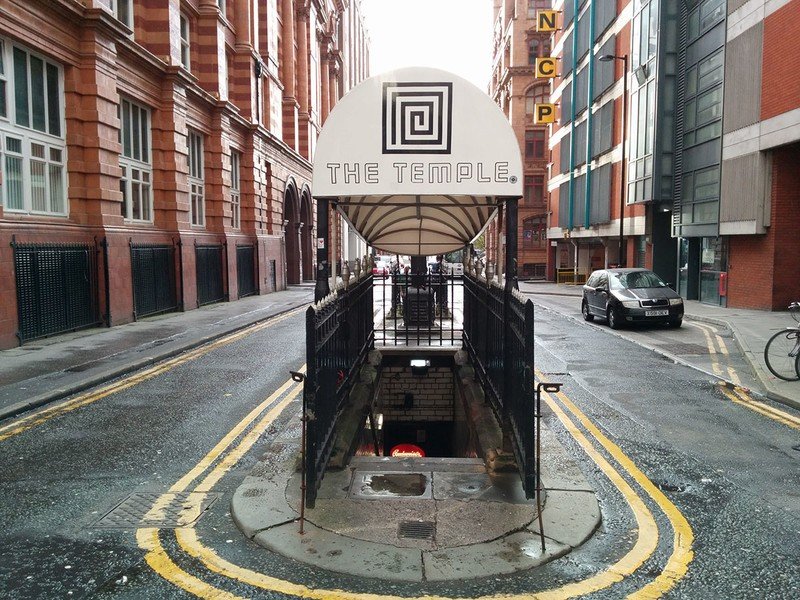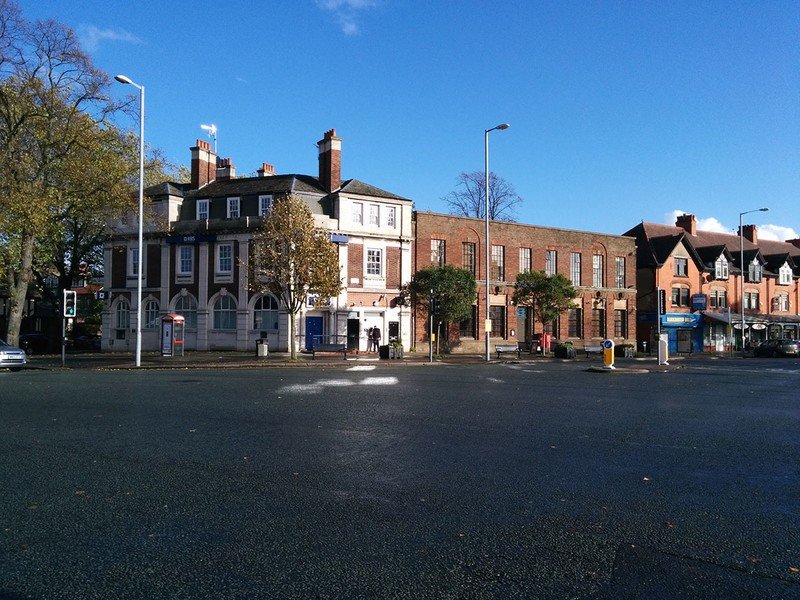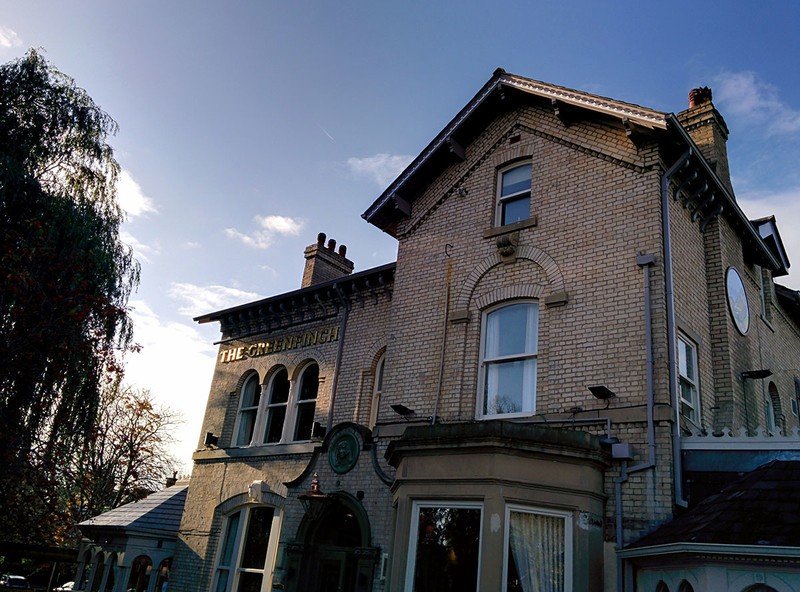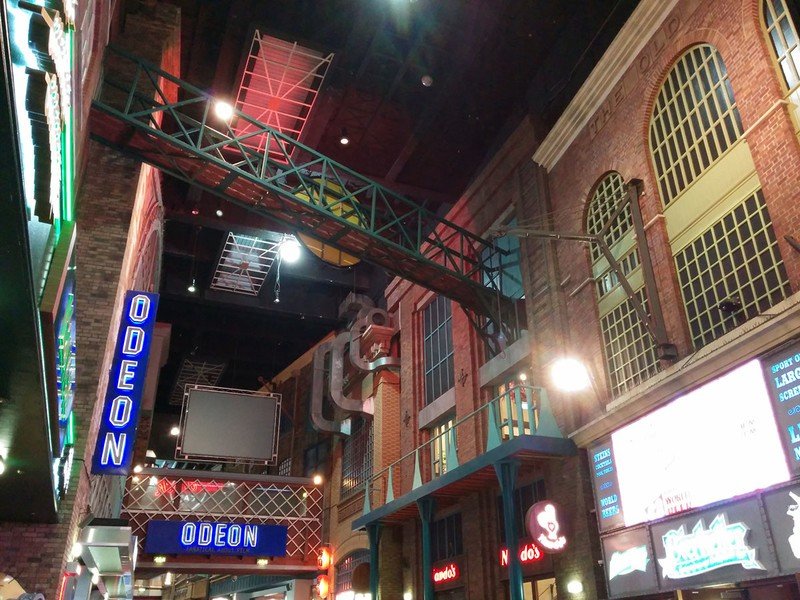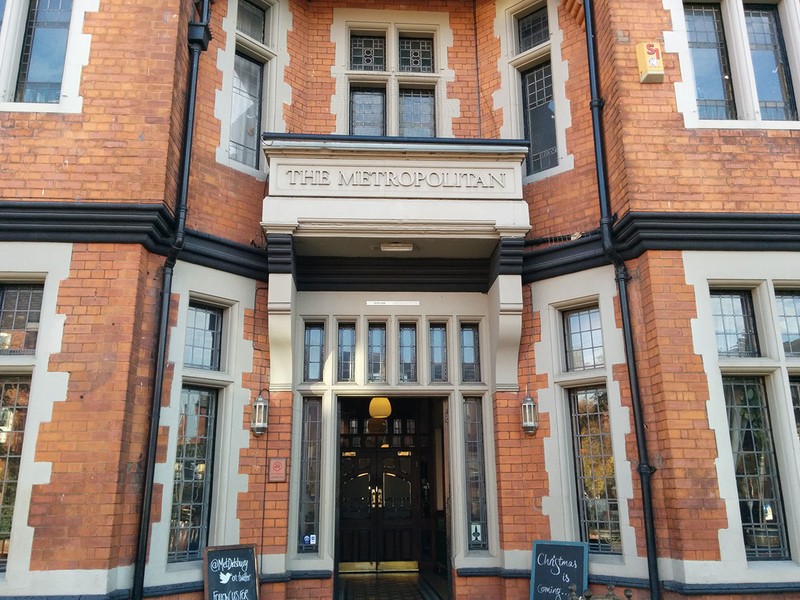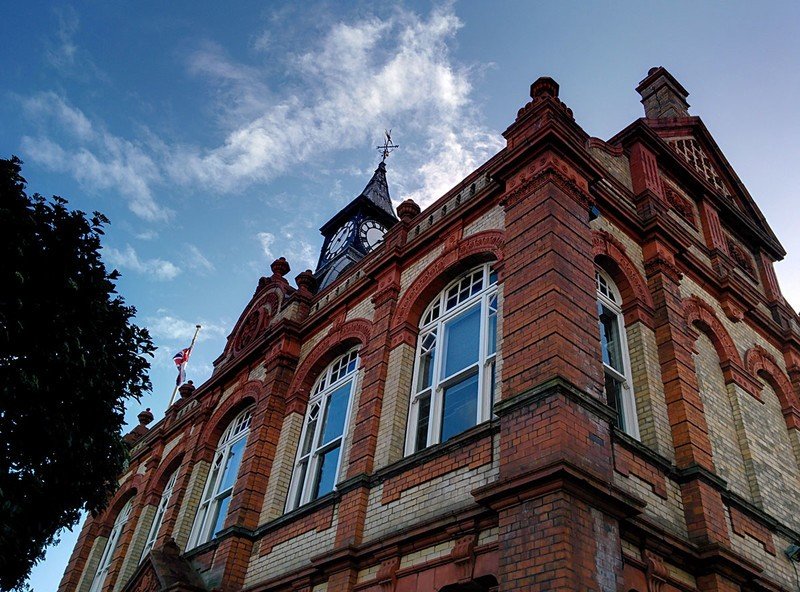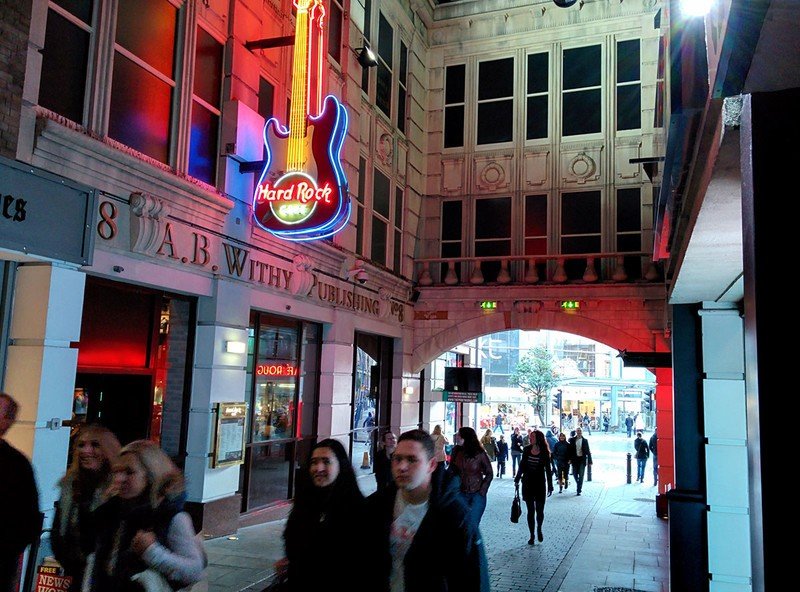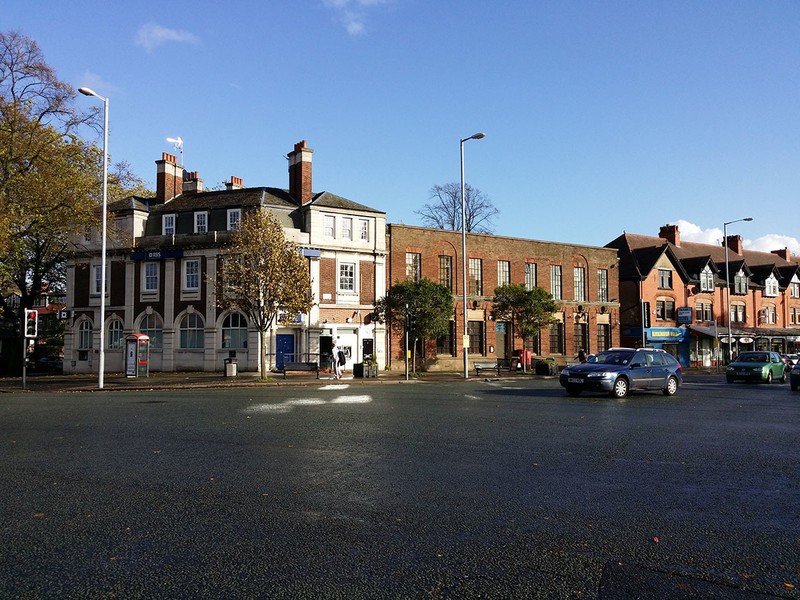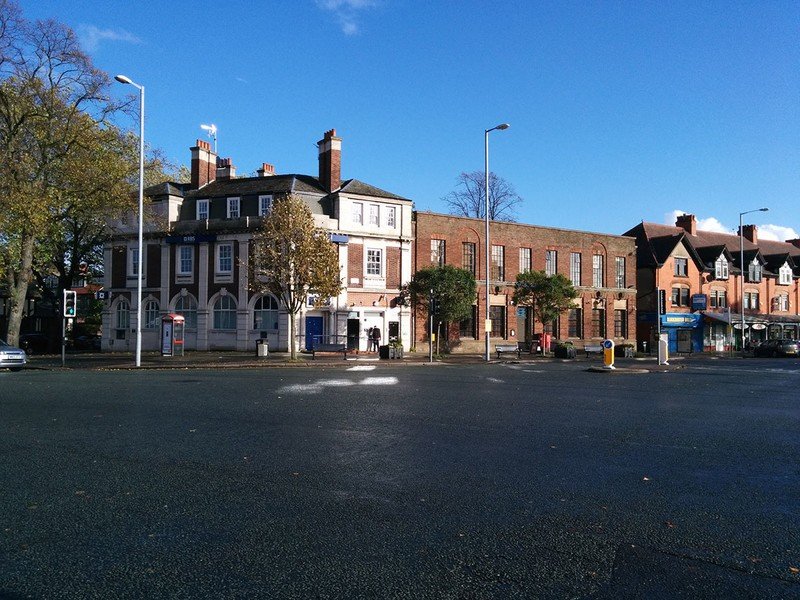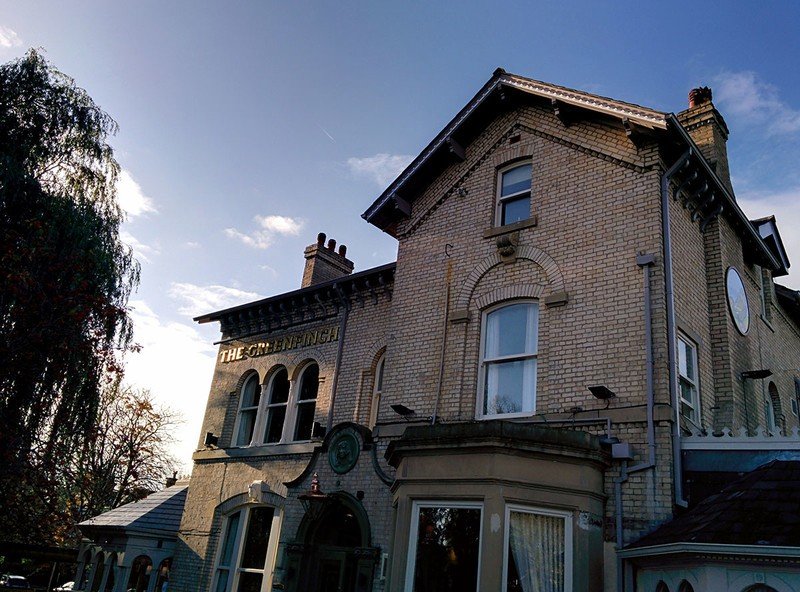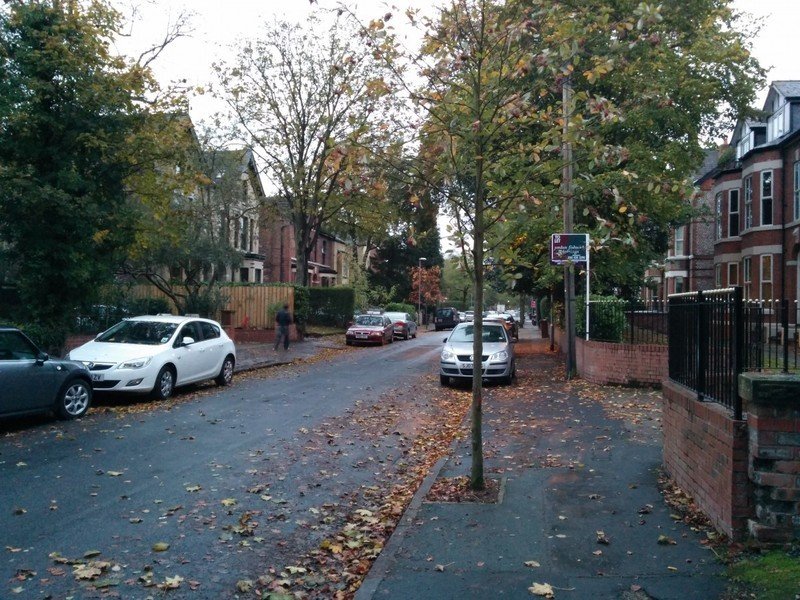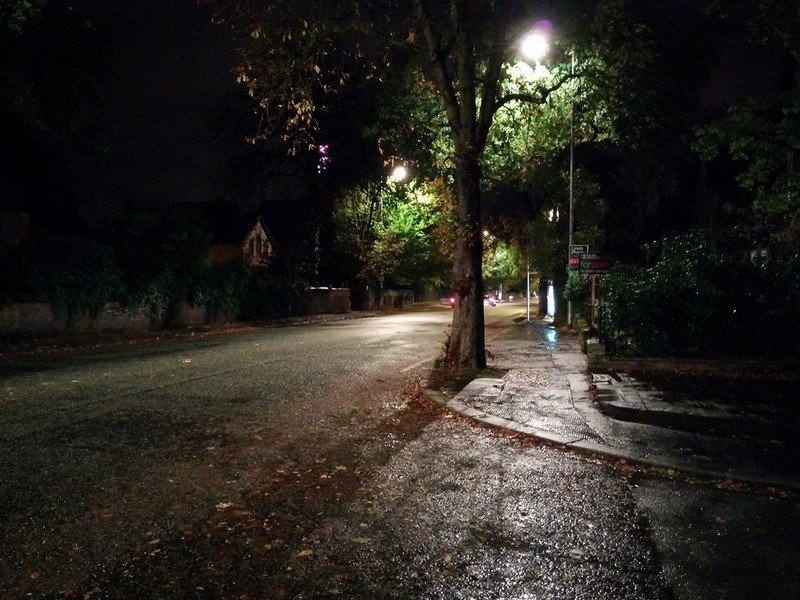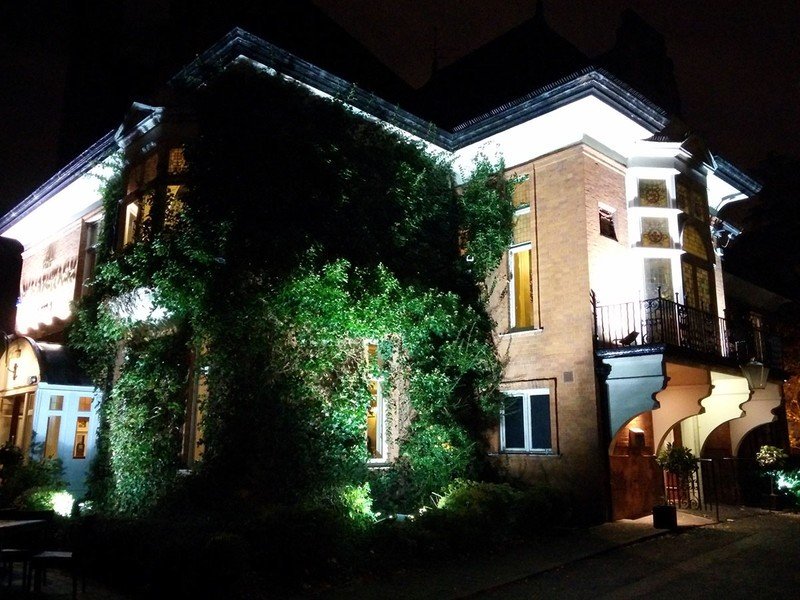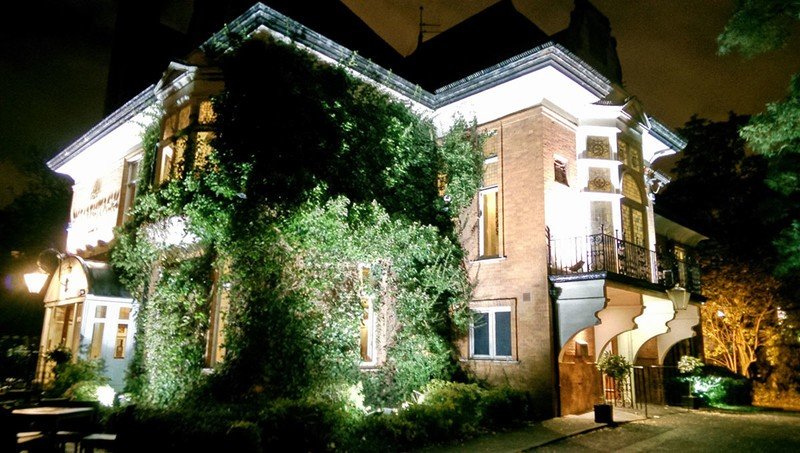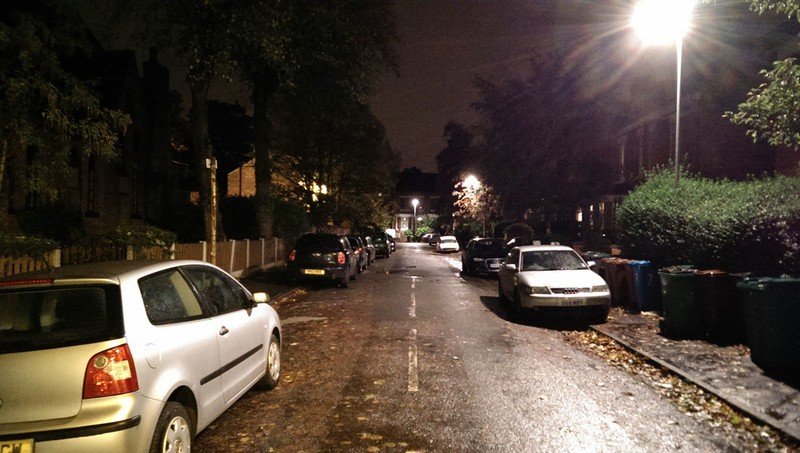Nexus 5 camera samples and first impressions

A quick overview of the new Nexus's photographic capabilities
Google's Nexus smartphones don't have the best reputation when it comes to photography. The Galaxy Nexus's rear camera was a pretty big disappointment, and the Nexus 4's was little more than adequate, despite the introduction of new features like Photosphere. So will this year be any different? Google certainly seems to thinks so — the LG-built Nexus 5 is pitched as a device for capturing "the everyday and the epic," boasting a new HDR+ mode and optical image stabilization (OIS) while maintaining megapixel parity with the last-gen Nexus, with its 8MP rear shooter. It also boasts a larger 1/3.2-inch sensor and f/2.4 aperture.
But is it any good in the real world? Let's find out after the break.
General photography with the Nexus 5
Spoiler alert: We finally have a Nexus phone with a good camera!
We'll talk at length about the Nexus 5's camera in our full review, but the short condensed version, based on a couple of days' use, is this: We finally have a Nexus with a pretty good camera. It's not barnstormingly awesome, but it's above average, and you can take good pictures with it in most conditions. In particular we've been impressed with the N5's performance in darker scenes and with the new HDR+ mode, which we'll discuss later. We've also been impressed with how little noise makes it into our shots — either Google has a fancy new noise-reduction algorithm, or it's just using a much higher-quality sensor in the Nexus 5 — either way, 100 percent crops reveal almost no visible noise, and that's great to see.
Areas of weakness include the stock camera app itself — the menu ring is pretty fiddly, and many of the controls lack the immediacy of "skinned" rivals like Samsung's TouchWiz camera app. There's also a tendency to slightly grey-out black areas in some shots, particularly in overcast conditions. That's nothing you can't fix in ten seconds with Snapseed or Photoshop, but it's something we've noticed consistently, and a point worth noting. Nevertheless, the Nexus 5 has a fine camera for regular use.
To get an idea of what we're talking about, check our short gallery of shots below. (These are a mix of regular and HDR+ shots.)
HDR+ mode on the Nexus 5
Get the latest news from Android Central, your trusted companion in the world of Android
Replacing the regular HDR mode from the Nexus 4, the N5's HDR+ mode combines high dynamic range photography with sharpening algorithms with the aim to produce clear and sharp photos even with very dark and very bright areas visible. Curiously, HDR+ shots seem to come out a little smaller than regular photos, likely due to the software leaving some wiggle room for camera movement.
We've seen HDR modes come and go on Android cameras over the years. On recent devices like the Galaxy S4 and Xperia Z1 they've gotten pretty good. And Google's HDR+ mode certainly delivers. Like all good HDR modes, it successfully picks out detail in bright and dark areas, but the selective sharpening that's applied to photos is what makes it truly impressive. Edges in HDR+ shots are extremely sharp, almost unnaturally so. And this is all done (for the vast majority of cases) without adding any appreciable visual noise.
Like other HDR modes, HDR+ takes a little longer to shoot and process, due to the fact that it combines photos of different exposures. The processing part is done in the background, though, meaning you don't have to deal with any progress bars.
HDR+ can run into issues with movement, however, as you'll see in the second set of comparison images below. The people in the foreground are blurred and obscured by noise. Not surprising — as the phone has to have time to take multiple exposures.
Left images: Auto mode; Right images: HDR+ mode
100 percent crops
These 680-by-383 snapshots are taken from full-resolution versions of some of the shots above. The first two are HDR+ shots — and as you can see, the sharpening algorithm used in this mode does an excellent job of sharpening edges without adding noise in elsewhere in the image.
Quick comparison: General performance versus the Galaxy Note 3
The Samsung Galaxy Note 3 is one of the leading Android phones of the moment, featuring the same 13-megapixel camera found on the Galaxy S4, backed up by new software. For that reason it's a good candidate to compare against the Nexus 5 in regular daylight and HDR shots.
Nexus 5 shots on the left, Galaxy Note 3 on the right
In a well-lit daylight scene there's not much to set the two phones apart besides peculiarities of color balance.
Same in this close-up shot of a pillar box, though the Nexus 5's tendency to wash-out darker areas is visible in the shaded area on the left. On the Note it's more true-to-life.
Next a side-by-side comparison of the Nexus 5's HDR+ (left) and the Galaxy Note 3's "Rich Tone HDR" (right). The Note 3 captures more detail in the darker areas of the shot, but the Nexus 5 produces a more realistic image with sharper edges.
Finally, a shot taken in less than ideal conditions on an overcast day, approaching dusk. Neither image is great and both capture a about the same level of fine detail, however the Note loses some color detail around the leaves on the right.
Quick Comparison: Night shots versus the HTC One
The HTC One, with its "Ultrapixel" sensor, has been the king of low-light photography in the Android space for most of this year. We should note that in all these shots the HTC One benefits from its wide-angle lens, which captures a wider scene than the Nexus 5's camera.
Nexus 5 shots on the left, HTC One on the right
First up, a standard low-light shot taken under streetlights. The HTC One clearly captures more light than the Nexus 5, however the Nexus produces a slightly sharper image.
Next is an HDR shot of a brightly-lit building against a dark background. Though the Nexus 5 produces a crisper image, we have to hand this one to the HTC One — though the photo it produces is softer, the wider angle lens lets us get more in shot, and there's more detail captured in darker areas, such as the clouds in the night sky.
Finally, an even darker street scene. We'll call this one a tie — there's very little difference between the images captured on the Nexus and the One.
So overall the Nexus 5 doesn't have the HTC One beaten on low-light performance, but it's surprisingly close. And considering just how good the One is in this area, Google and LG deserve credit where credit's due.
Video sample from the Nexus 5
The Nexus 5 records video at up to 1080p resolution at 30 frames per second, and it does so reasonably well. Recording conditions weren't ideal during our tests, with dark, overcast skies, but the Nexus 5 fared no worse than most high-end Android cameras in these conditions. The optical image stabilization is also evident in our quick reel of sample footage, stabilizing motion and avoiding the "shaky-cam" effect seen on some phone cameras without OIS.
View at 720p resolution or higher for best results.
More to come
We'll have more to share in our full review of the Nexus 5, coming soon. Until then we can say we've come away pleasantly surprised. It's a pretty good camera with a couple of outstanding features — HDR+ is its greatest strength, while the weird wash-out of dark areas is a notable weakness. OIS probably benefits most shots more than we realize, eliminating shaking from hand motion, however it's most evident in video, where it provides silky-smooth motion.
Be sure to share you thoughts in the comments — and if you've already got your hands on a Nexus 5 let us know how you're getting on with the camera.

Alex was with Android Central for over a decade, producing written and video content for the site, and served as global Executive Editor from 2016 to 2022.




